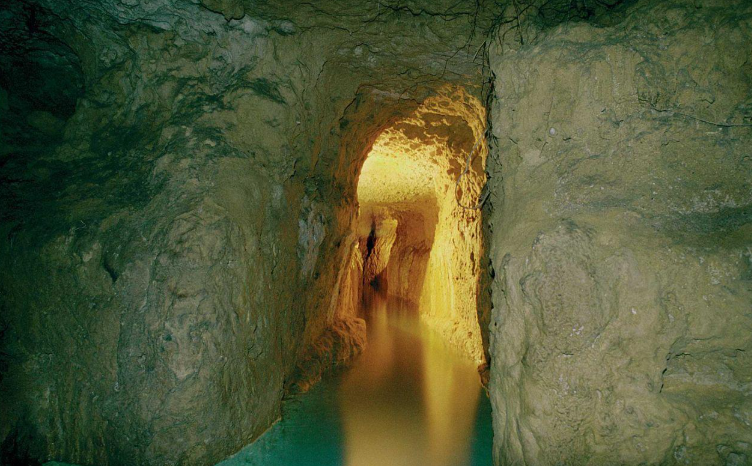In the heart of one of the world’s harshest environments, ancient Persians pulled off a feat that still amazes engineers and historians today. They didn’t just endure the desert they mastered it. While most civilizations settled near rivers or lakes, the Persians created a revolutionary system that brought water to where no surface water flowed. Welcome to the world of qanats an underground irrigation system that turned barren landscapes into bustling cities.
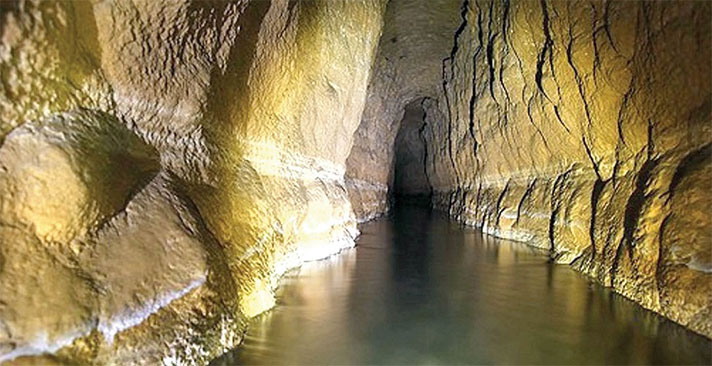
Qanats: The Lifeline Beneath the Earth
Qanats (pronounced ka-nats) are an ingenious system of gently sloping tunnels that tap into underground aquifers. These subterranean channels, often stretching for miles, were designed to bring water from higher elevations usually the foothills of mountains to lowland settlements where surface water was nonexistent. Instead of fighting the desert, the Persians worked with gravity and geology to draw water naturally.
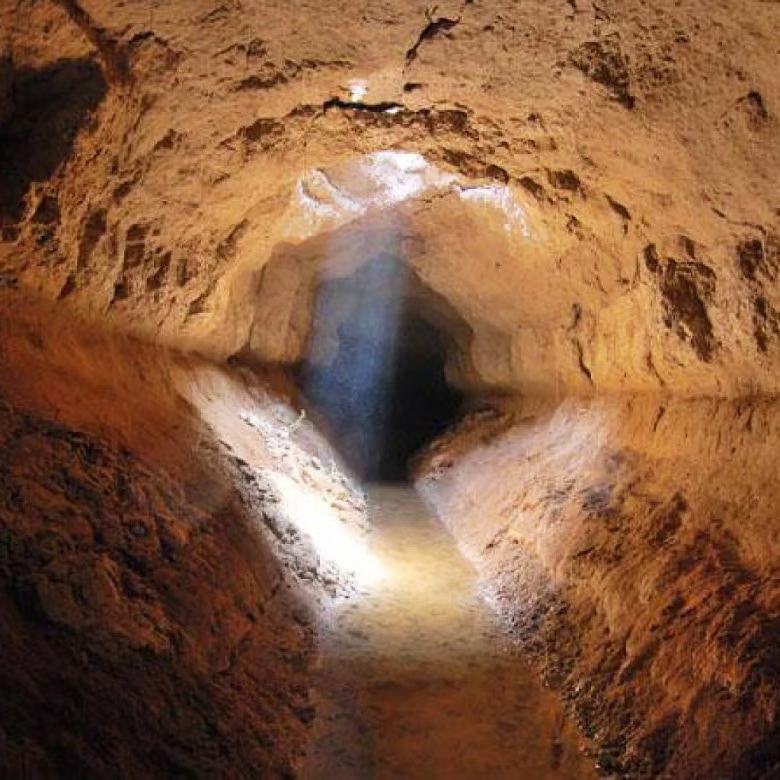
Each qanat began with a mother well, which tapped into the groundwater deep within the mountain base. From there, a series of vertical shafts were dug along the route to the destination, sometimes numbering in the hundreds. These shafts helped with ventilation, maintenance, and the slow, steady downhill flow of water. It was a system so smart and sustainable, many qanats still function more than 2,500 years later.
Video:
Qanats ~ An Astonishing Ancient Lost Technology
Yazd: A City Born of Stone and Water
Nowhere is the legacy of the qanat more evident than in Yazd a desert city in central Iran where no rivers flow. Surrounded by arid mountains and blistering plains, Yazd thrived not because of what it had, but because of what the ancient Persians built. Thanks to its intricate network of qanats, Yazd not only sustained life but blossomed into a cultural and architectural jewel.
Water from qanats supported the city’s homes, mosques, gardens, and traditional baths. Ancient wind towers another Persian innovation helped ventilate and cool homes, making the desert climate more bearable. Together, these inventions turned an unforgiving environment into a center of Persian resilience and ingenuity.
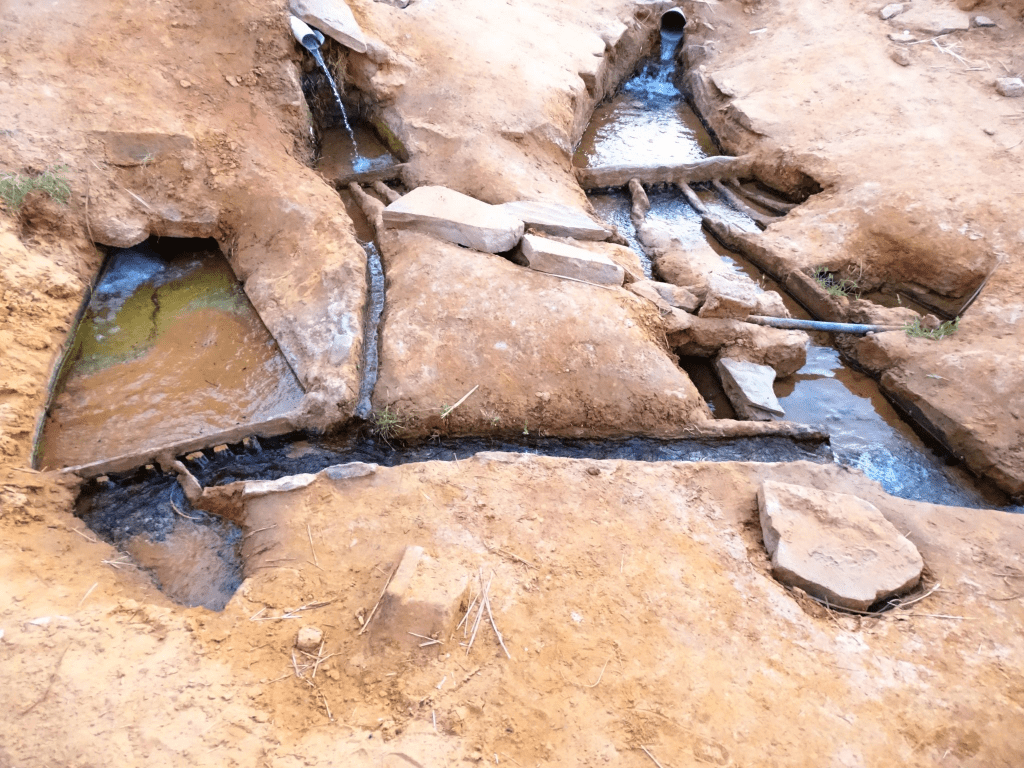
Engineering Before Its Time
Long before modern pipelines or pumps, the qanat was already solving water scarcity through sustainable engineering. No energy source was needed, only a deep understanding of earth science and terrain. The Persians essentially performed geological surgery on the desert strategically extracting its lifeblood without disturbing its natural systems.
Video:
History of Kâriz (qanat) in Iran
This system spread far beyond Persia. The Romans, Arabs, and even early civilizations in China and North Africa adopted the qanat technique. In fact, some Spanish and Mexican irrigation systems today still trace their roots to the ancient Persian method.
Still Flowing After Millennia
What makes qanats truly extraordinary is their longevity. Despite centuries of political change, climate shifts, and modernization, many of these systems are still in use. In Yazd alone, several qanats still deliver clean water using the same pathways dug by hand centuries ago.
Modern Iran continues to preserve and rehabilitate its qanats, even as the nation grapples with increasing water shortages. UNESCO recognized the Persian Qanat as a World Heritage Site in 2016 acknowledging not only its cultural value but its engineering brilliance.
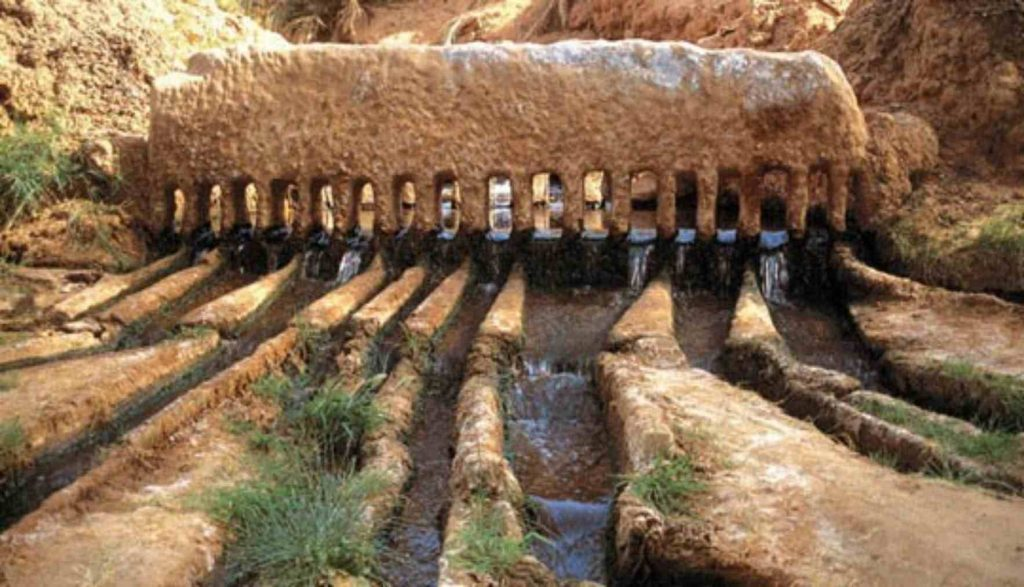
A Testament to Sustainable Living
The story of the qanats is not just about ancient history it’s a lesson for the future. In an era facing global water crises and climate extremes, the qanat offers a model of how to live in harmony with the earth, not in defiance of it.
The ancient Persians didn’t wait for rain. They built solutions. They looked to the mountains, tunneled into the unknown, and brought life to places no one thought possible. Their legacy runs deep—quite literally beneath the sands of time.
